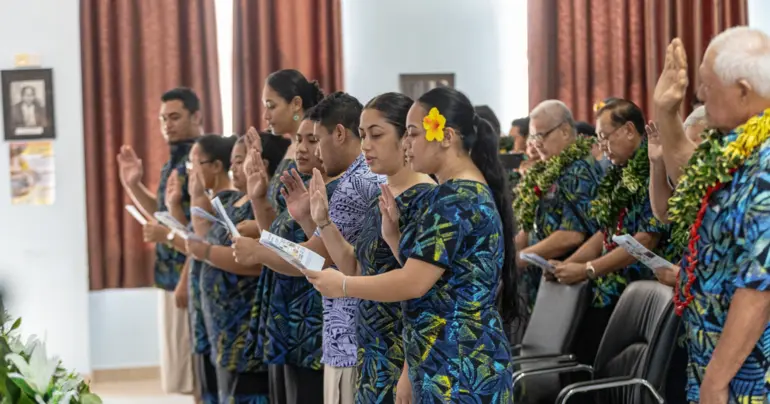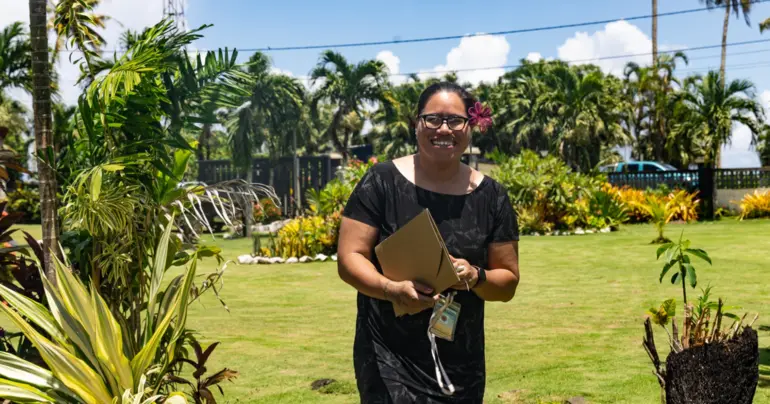Hydropower saves Samoa millions: Report
Hydropower generation has helped Samoa save roughly $16.5 million worth of fuels in 2020 and $42.6 million since the project began.
According to a report by the Asian Development Bank, diesel fuel and lubrication against the annual total budget went down from 63 per cent to 45 per cent.
Prior to the hydropower generators being installed, the nation was powered solely by diesel generators. This means the nation has reduced about 28,850 tons of carbon dioxide emissions in 2020.
Samoa’s dependence on imported fossil fuels has been described as risky, as it exposes the country to rising international oil prices and unstable power supply. In 2012, 60 per cent of the country’s electricity was powered by diesel.
The Electric Power Corporation, imported about 95 million litres of fuel. Fossil fuels are about 15 per cent of the country’s imports and 10 per cent of its total GDP.
“Samoa’s dependence on imported fossil fuels hampers the country’s efforts in providing reliable and affordable energy supply,” said ADB senior country officer Maria Melei. “Households and businesses have been paying steeply for monthly electricity bills.”
According to the report, dependence on imported fossil fuels hampers the country’s efforts in providing reliable and affordable energy supply.
To address these challenges, ADB, the Clean Energy Fund under the Clean Energy Financing Partnership Facility, the European Union, and the Government of New Zealand banded together to help Samoa reduce its reliance on imported fossil fuels.
Together, they initiated the Renewable Energy Development and Power Sector Rehabilitation Project in 2013 to increase Samoa’s renewable power supply by rehabilitating damaged hydropower plants and installing new ones. The grants provided by ADB’s financing partners expanded the project and helped it achieve a greater impact.
Because of the project, hydropower generation increased from 35 million GWh in 2013 to nearly 50 million GWh in 2020. This saved the country about $16.5 million worth of fuels that they did not have to buy anymore in 2020 and $42.6 million since the project began. These savings were passed on to consumers, which meant lower energy costs for households. In 2009, residential customers on a conventional postpaid meter using 200 kWh/month paid $384 per month.
In 2019, they paid around $364 a month. Beyond power generation and fuel savings, the project reduced Samoa’s carbon emissions. In 2020, the refurbished and new hydropower plants produced total hydropower electricity of 49.7 GWh, cutting about 28,853 tons of carbon dioxide a year.
“The hydropower plants the project built and repaired have provided Samoans with a more secure, cheaper, and cleaner energy supply,” Ms. Melei said.
These changes have been a great help to the people of Samoa, especially since electricity costs eat up much of the households’ budget. They have also helped the country move closer to its ultimate goal of 100 per cent renewable energy by 2025. Currently, diesel generation in Samoa decreased from 68 per cent in 2013 to 53 per cent in 2020.










